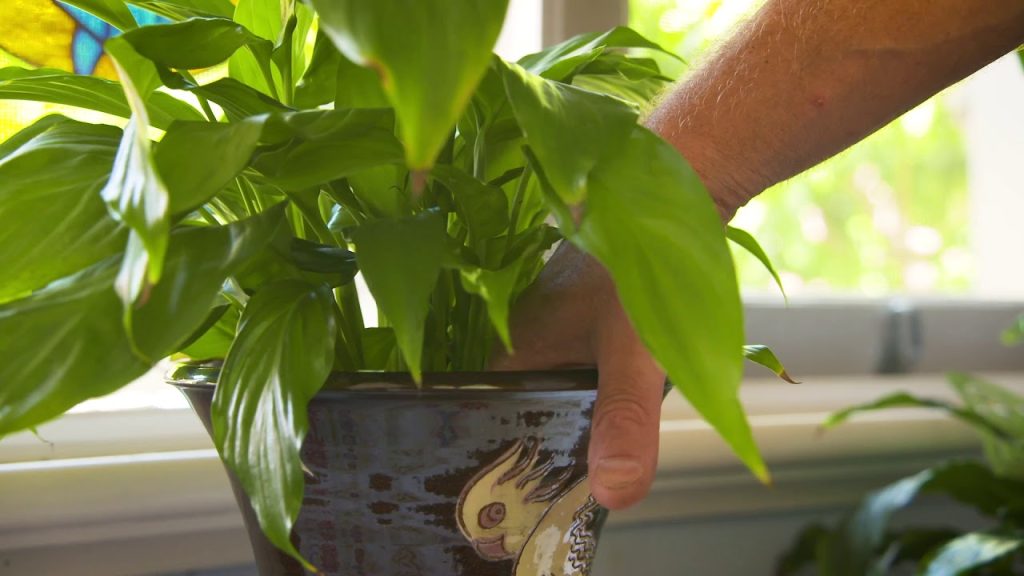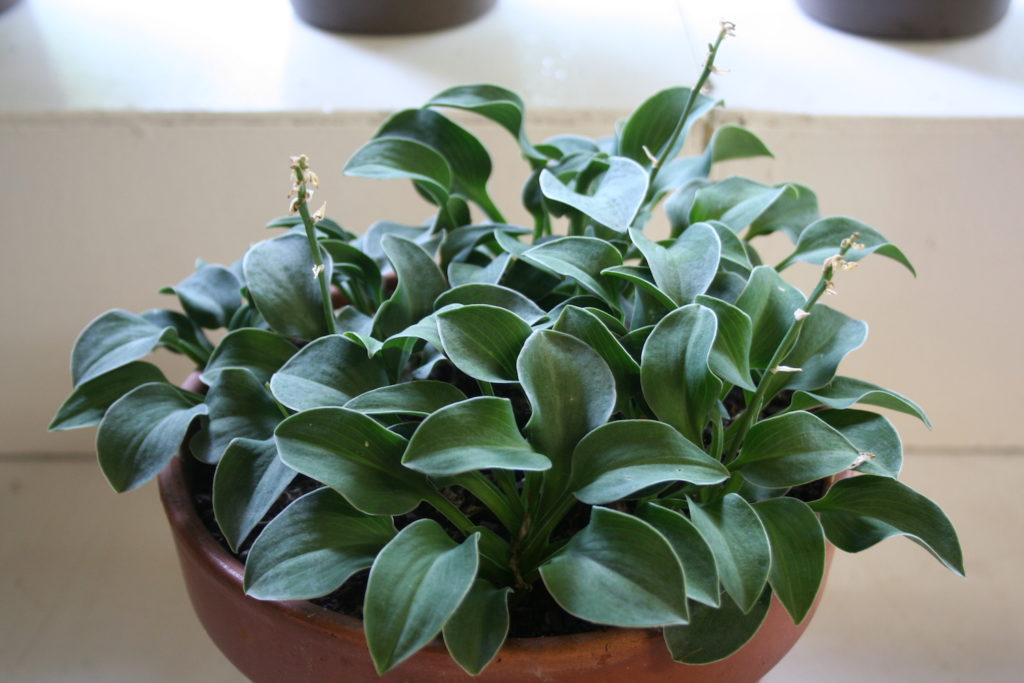
How to Take Care of the Potted Plant in Home
To keep your indoor plants in perfect condition, don’t forget luminosity, watering and temperature. The trick is to keep these three points very careful and your plants will be perfect! We will talk about the basic care of your plant and the best tips to take care of them.
Steps to take care of the potted plant in home
To definitively address many of the doubts raised in the comments, I will list the most frequent causes why indoor plants complain bitterly.
Lack of light
The absence of sufficient light is one of the most common reasons why a houseplant will show its “worst side.” Not all accept this situation in the same way; it is fair to say that there are those with lesser requirements (aspidistra, philodendron, lucky bamboo, bromeliads, ferns …). But as a general rule, indoor plants should be placed near a window, balcony, stained glass window or gallery. With bright enough to perform its vital function: photosynthesis.
If not, and while they have energy left, plants will desperately seek light, lengthening their stems abnormally and producing leaves of greater caliber. But this mechanism will not always save them from their mishap, and you could immediately see more serious symptoms.
You can correct their location before the leaves turn yellow or start to fall. As I told you before, put them in a well-lit place: near a window or wherever there is more light. You just have to avoid that it directly affects the plants. It is essential. The sun’s rays must never touch the leaves or they will burn. This is another common mistake to be aware of.
Excess of water
How often to water the pots? Indoor plants, having them indoors, need less frequent watering. We are used to hydrating the plants in the garden or terrace in abundance when summer arrives and significantly reduces the frequency of winter approaches. It must be like that, it’s the right thing to do, due to the weather. But indoor plants are more protected and do not accuse the seasons so much.
I do not mean that you do not have to increase the water amount in the hottest season. You will have to do it, it is evident, but to a lesser extent than expected in an outdoor plant. If you are not convinced of when to do it, checking the soil by assessing its humidity will always clarify your doubts. Don’t water if you don’t have to. Ensuring adequate watering is essential with certain species that are not tolerant to rot (cheflera, coleus, philodendron, orchid and others). In these cases, to help you choose ceramic pots or other breathable material, as well as a light and well-ventilated substrate.
Excess water is the biggest cause of mortality in plants
You can water from above, traditionally, always trying not to wet more than the earth. Some plants are very sensitive to fungi and neck rot. The orchids are a clear example of this, also the coleus or chintz. For these, you can choose to hydrate them from below. By partially submerging the pots, they will absorb the water without risk.
Always be careful to check the good drainage of the containers. The clogged holes may be “manslaughter,” but they won’t exempt you from the sad denouement. The typical dishes under the pots, filled with the excess water, are another classic of death; empty them after their job. You can also fill them with gravel or pebbles so that the water is not in direct contact with the pot. This is even advisable in some circumstances: in very dry environments (due to heating) or with the most sensitive plants.
Lack of environmental humidity
The previous advice is very appropriate for certain indoor plants (croton, spatiphyllum, Adam’s rib or Brazilian trunk, for example). The plants adopted in our houses are mostly tropical species, which like a high humidity index.
It is evident that the conditions in a house are far from simulating the tropics, and the plants may suffer some inconveniences. The leaves dry ends are the most common symptom. But you will manage to avoid it with some affection. Frequent sprays usually work: try to wet only the leaves (avoid touching the flowers).
And if you don’t have too much time. Remember that you always have the option of a plate with gravel, expanded clay or another element that isolates the base of the pot from the water it will contain. The liquid will evaporate slowly, giving your plant beneficial humidity.
Suitable temperature
The sudden temperature changes or air currents are other common problems for houseplants, often losing their leaves. We already know that these plants are comfortable within a certain thermal range (normally between 15 and 25ºC), accepting some variability between day and night or between winter and summer. Still, they do not like very pronounced changes.
Radiators or air conditioning are important factors to take into consideration. Their proximity may exceed what is permissible for them. With high temperatures, it is important to increase watering and facilitate leaf moisture. If you live in a cold place, you may need to leave the heat on when you leave home. And when you have a vacation, remember that the plants must continue to be watered. In “How to water the plants in summer if you go on vacation,” you have several suggestions.
Pot change
Transplantation to a larger pot will become inevitable as the plant grows. Except in some species, such as the orchid mentioned above, it is not good for the roots to be tight: they tend to roll up, look for how to grow, and end up occupying all the space, running out of air.
Also, in the beginning, newly acquired, it is convenient to move to a larger container. Use a suitable substrate: they usually come with a peat base, not very nutritious and that if we let it dry, it costs to rehydrate.
FAQ
How do I know when I need to water my plant?
The tip that we have for you is to touch the ground. If the ground is very dry, it is time to water your plant, if the ground is a bit wet because it does not need irrigation yet. Keep the soil moist but not wet. Excess water can damage our plant. And as another tip, we have you that the water always has to be at room temperature.
What to do if I have dry leaves?
The best thing to do with dry leaves is to cut them, but this has to be in a way that will regrow the leaf. The tip is that you have to cut the stem diagonally so that a leaf, it is recommended to prune your leaves constantly so that the plant
remains healthy.
How do I know how much light my plant needs?
The type of luminosity that our plants need can vary according to the type of plant. In general, all plants with a little indirect light keep quite well, but it must be taken into account that there are others that need semi-shade. When the plant has already found its place, do not move it a lot since the plants adapt to the chosen place.
How do I know how much watering my plant needs?
Indoor plants spend less time in the sun than outdoor plants. They need less watering. It is advisable to water in general 2-3 times a week in summer and 1 or 2 in winter.
How do I know what temperature my plant should be?
Temperature is very important when caring for our plants. Some are more resistant and can be in different types of climates without a problem. Others need a more specific climate. Above all, there are some that are sensitive to cold.





